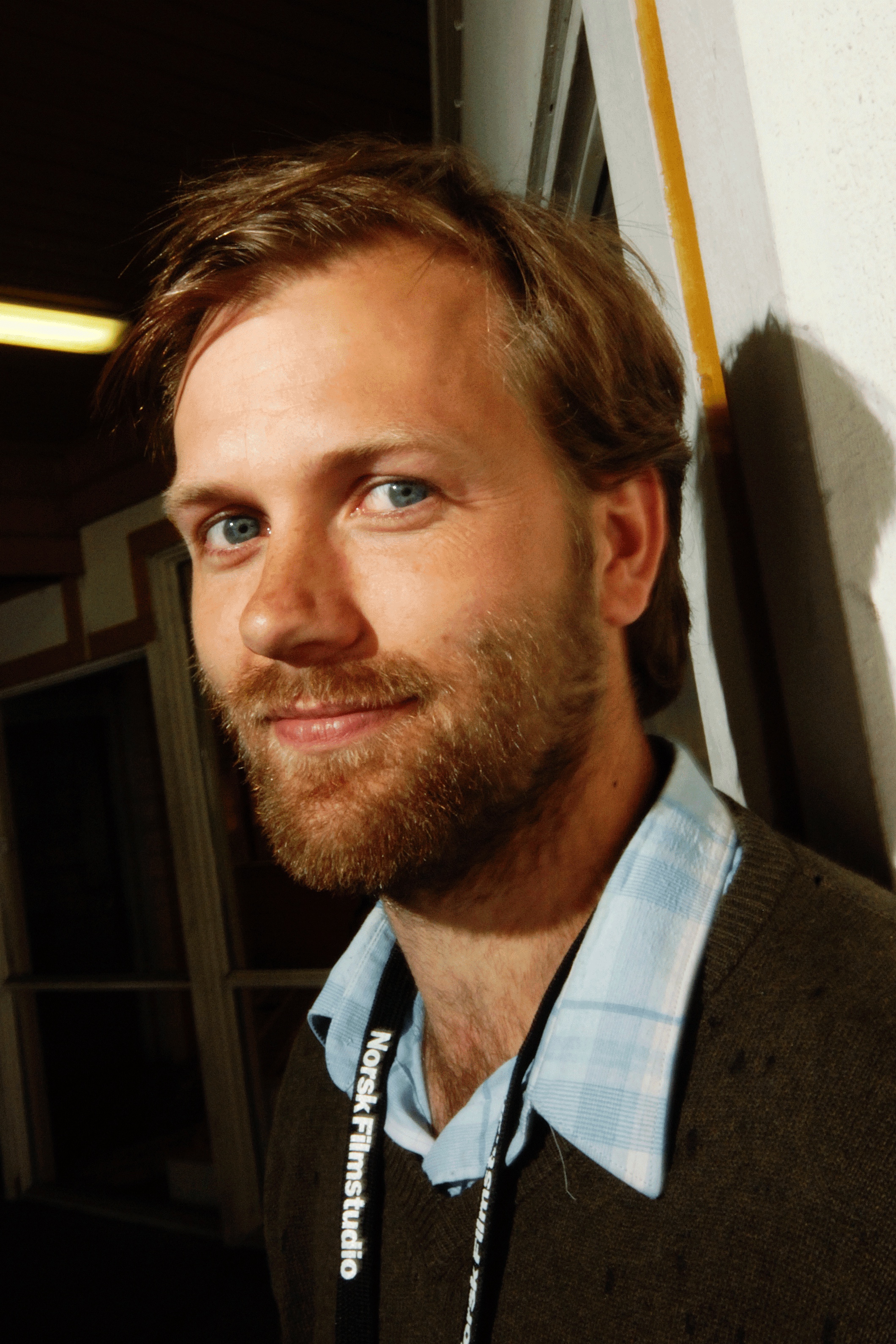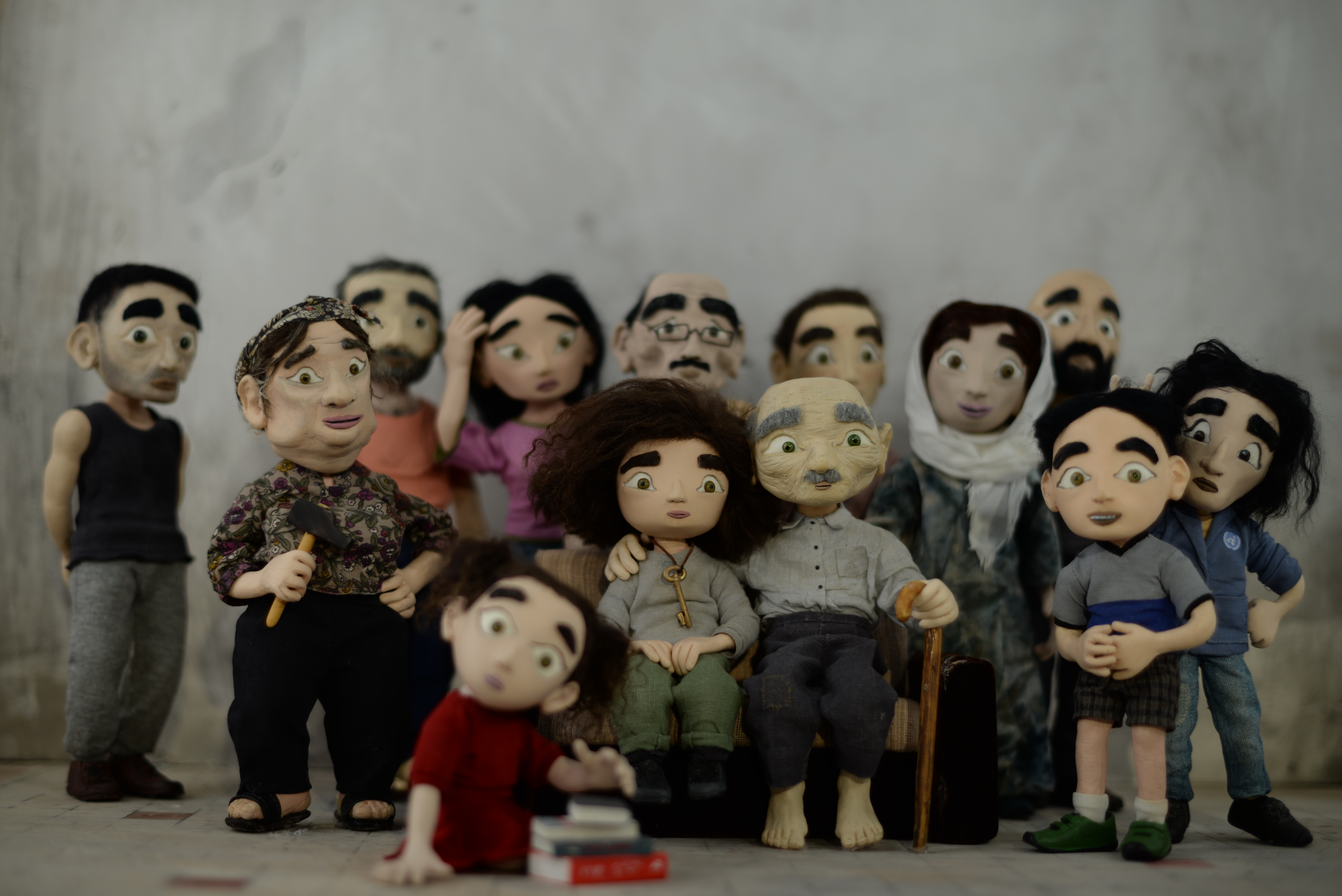Annecy: Q & A With Mats Grorud On Palestine, Animation and Hope
By Emilio Mayorga
LOS ANGELES (Variety.com) – ANNECY, France—”The Tower,” the debut of Norway’s Mats Grorud, features out of competition at Annecy’s main showcase. Produced by Tenk TV (based out of Bærum, Norway), Les Contes Modernes (Bourg-Lès-Valence, France) and Goteborg-based Cinenic Film, the animated film revolves around the Palestinian diaspora since the creation of Israel in 1948, seen from the eyes of Wardi, an 11-year-old Palestinian girl living with her family in the refugee camp where she was born.
Grorud worked as an animation teacher in the Bourj el-Barajneh refugee camp, established by The League of Red Cross Societies to host Palestinian refugees from northern Israel. Based on his experience and research there, he created the story of “The Tower.” Children living in Bourj el-Barajneh represent around 43% of the camp’s total population, which is close to 21,000 (in addition to 20,000 recent Syrian refugees), all living within one square kilometer. “The Tower”‘s international sales are handled by Paris-based Jour2Fête.
Why did you choose the point of view of an 11-year-old Palestinian girl to depict such a long and painful conflict?
Living in a camp, I witnessed a session where a group of elders told the young about what happened to them in 1948. Everybody was crying together. It touched me a lot. The traumas and wounds of 1948 remain and will be there as long as people are stuck in the camps. I chose the point of view of an 11-year-old, as I wanted to raise the question of how and if it is possible to find hope in the situation the Palestinians find themselves in. And if so, these questions could only be illuminated by a young person at the start of life, when we all have dreams and hopes intact.
And why did you choose to make an animated movie?
We worked with the language that we thought was appropriate. Animation can be a way of distancing oneself from something and still present an original take on it. Animation is one way of recreating spaces that have been erased as a consequence of the expulsion of Palestinians from their lands. A different way of looking. Animation is not just for kids. It can add lyricism.
You were born in Norway. What was your personal link with Lebanon, because “The Tower” seems a very heartfelt film.
My mother worked as a nurse in Lebanon during the 1980s. She would go and come back, and I and my siblings would see pictures of the camps. During the First Intifada in 1989, we lived for a year in Cairo and went to Gaza and Jerusalem. I was 12 years old then, so seeing kids my age on every street corner making “V” signs made a lasting impression on me. Later, I went to live in Lebanon myself in the camp of Bourj el-Barajneh, and I got the idea for the film, which simply was to tell the stories of my friends from the camp and their families. To share the wisdom, humor and warmth that I felt from people. As well as the ugliness of this fate, forever stuck in camps.
You have mixed several techniques – 2D, puppet animation, real photographs. What was the criteria for choosing each one and the challenges to build a coherent whole?
To me, the tactility and texture of the puppets and sets make it perfect to represent Wardi’s real world today. Also, in puppet animation we are used to using whatever we have at hand, and this is exactly what people do constructing their towers in the camp, so it was too good a parallel to be left out. The flashbacks in the film are set in a lot of different environments and had crowds of people. We also pursued the possibility to be surreal in our visuals, dramatizing the experiences people had in their pasts. 2D was both a practical and artistic choice. The pictures came into the film the same way they came into my life as a child. I have used my mother’s pictures from the camps, as well as from my friends’ private albums. Our main concern about combining the three techniques was how to find the balance between them.
What’s next?
I am continuing to work together with Mozambican art director Rui Tenreiro. It will be a modern take on the pirate genre, in which young militants fight for resources against international oil giants. A tale of young heroism and resistance set in the mangrove swamps of the Delta. The idea is in the early development stage.


